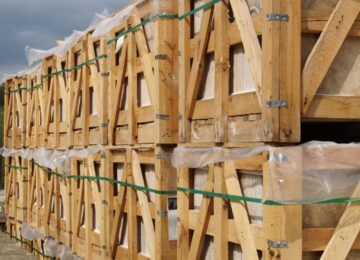A linear motion system in a linear ball slide is a mechanical system that is designed to move in a straight line, as opposed to a rotary motion system which moves in a circular motion. Linear motion systems are used in a wide variety of industrial, commercial, and consumer applications, including manufacturing, transportation, and automation.
The basic components of a linear motion system in a linear ball slide include a linear actuator, a linear guide, and a linear bearing. The linear actuator is the driving force of the system and is responsible for converting energy into linear motion. There are several types of linear actuators, including electric motors, pneumatic cylinders, and hydraulic cylinders.
The linear guide is a device that is used to guide the motion of the linear actuator and to provide support and stability to the system. Linear guides come in various forms, including linear ball bearings, linear roller bearings, and linear plain bearings. The linear guide is typically made of high-strength materials such as steel or aluminum to provide durability and resistance to wear and tear.
The linear bearing is a device that is used to reduce friction and increase the efficiency of the linear motion system. Linear bearings come in various forms, including ball bearings, roller bearings, and plain bearings. They are designed to provide low-friction motion and to support the load of the system.
In addition to the basic components, there are also several other components that can be added to a linear motion system to improve its performance and functionality. These include linear encoders, linear sensors, and linear scales.
Linear encoders are devices that are used to measure the position and velocity of a linear actuator, while linear sensors are used to detect the presence or absence of an object. Linear scales are devices that are used to measure the distance traveled by a linear actuator.
Linear motion systems are used in a wide variety of applications, such as in the manufacturing industry where they are used for tasks such as material handling, packaging, and assembly. They are also commonly used in transportation systems, such as in the movement of trains and buses, as well as in automation systems, such as in robotics and CNC machines.
In order to ensure optimal performance, linear motion systems require regular maintenance and calibration. This includes regular cleaning and lubrication of the linear guides, bearings, and other components, as well as regular inspections to ensure that all components are functioning properly.
In conclusion, a linear motion system is a mechanical system that is designed to move in a straight line. It consists of a linear actuator, a linear guide, and a linear bearing. Additional components such as linear encoders, linear sensors, and linear scales can also be added to improve performance and functionality. Linear motion systems are widely used in various industrial, commercial, and consumer applications. It’s important to ensure regular maintenance and calibration to ensure optimal performance.










